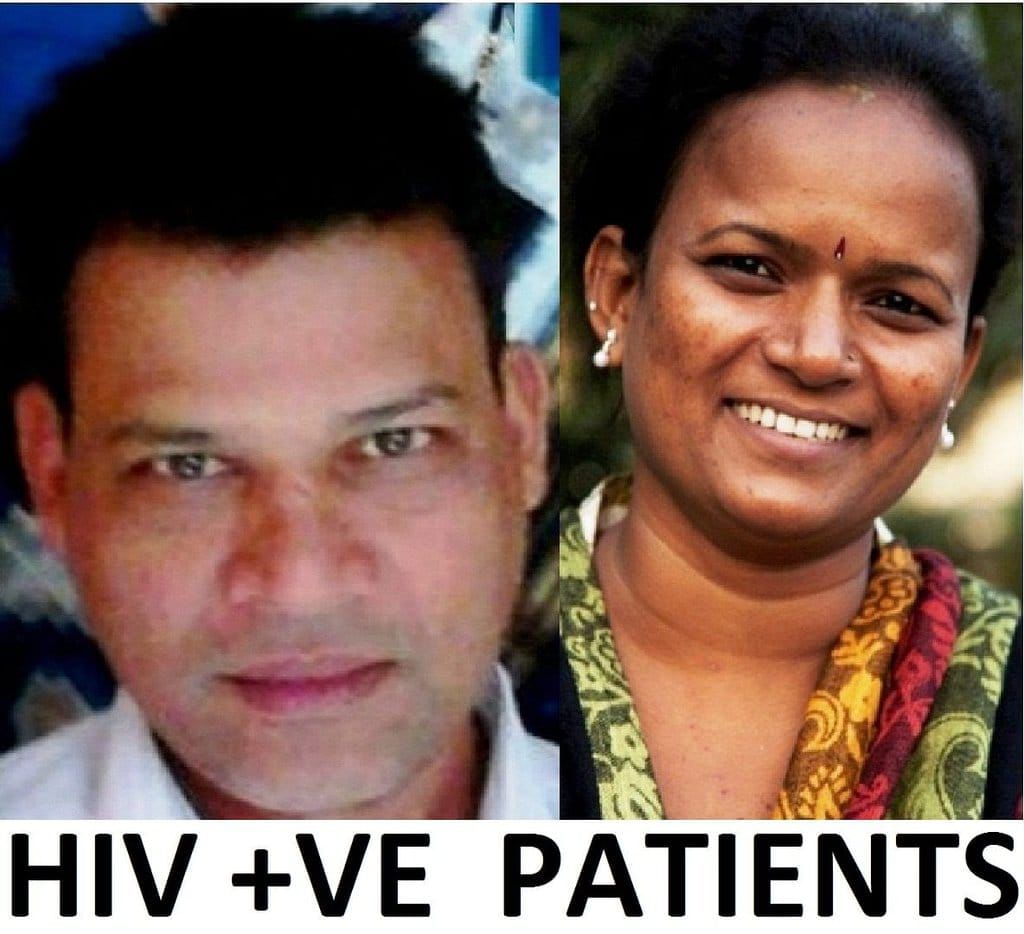NEET Exam > NEET Questions > The hiv aids patient in odisha ganjam hiv cas...
Start Learning for Free
The hiv aids patient in odisha ganjam hiv case rise ratio possitive patients RATIO?
Most Upvoted Answer
The hiv aids patient in odisha ganjam hiv case rise ratio possitive pa...
Overview:
The HIV/AIDS situation in Odisha's Ganjam district has been concerning, with a rise in the number of positive cases among patients. It is essential to understand the ratio of positive patients to effectively address this issue.
RATIO Explanation:
The ratio of positive HIV/AIDS patients in Ganjam district is a crucial indicator of the prevalence of the disease in the region. This ratio is calculated by dividing the number of confirmed positive cases by the total population of the district. For example, if there are 100 positive cases in a district with a population of 10,000, the ratio would be 1:100, indicating that 1 in every 100 individuals in the district is HIV/AIDS positive.
Significance:
Understanding the ratio of positive patients is essential for various reasons:
- It helps in assessing the extent of the HIV/AIDS epidemic in the district.
- It aids in resource allocation for prevention and treatment programs.
- It guides policymakers in developing targeted interventions to control the spread of the disease.
- It assists healthcare providers in offering appropriate care and support to patients.
Challenges:
Despite the importance of the ratio of positive patients, there are challenges in accurately determining this figure:
- Underreporting of cases due to stigma and discrimination.
- Limited access to testing facilities in remote areas.
- Lack of awareness about HIV/AIDS prevention and treatment.
Conclusion:
In conclusion, the ratio of positive HIV/AIDS patients in Ganjam district is a critical metric that provides valuable insights into the prevalence of the disease. By addressing the challenges and working towards accurate reporting, policymakers and healthcare providers can effectively combat the HIV/AIDS epidemic in the region.
The HIV/AIDS situation in Odisha's Ganjam district has been concerning, with a rise in the number of positive cases among patients. It is essential to understand the ratio of positive patients to effectively address this issue.
RATIO Explanation:
The ratio of positive HIV/AIDS patients in Ganjam district is a crucial indicator of the prevalence of the disease in the region. This ratio is calculated by dividing the number of confirmed positive cases by the total population of the district. For example, if there are 100 positive cases in a district with a population of 10,000, the ratio would be 1:100, indicating that 1 in every 100 individuals in the district is HIV/AIDS positive.
Significance:
Understanding the ratio of positive patients is essential for various reasons:
- It helps in assessing the extent of the HIV/AIDS epidemic in the district.
- It aids in resource allocation for prevention and treatment programs.
- It guides policymakers in developing targeted interventions to control the spread of the disease.
- It assists healthcare providers in offering appropriate care and support to patients.
Challenges:
Despite the importance of the ratio of positive patients, there are challenges in accurately determining this figure:
- Underreporting of cases due to stigma and discrimination.
- Limited access to testing facilities in remote areas.
- Lack of awareness about HIV/AIDS prevention and treatment.
Conclusion:
In conclusion, the ratio of positive HIV/AIDS patients in Ganjam district is a critical metric that provides valuable insights into the prevalence of the disease. By addressing the challenges and working towards accurate reporting, policymakers and healthcare providers can effectively combat the HIV/AIDS epidemic in the region.
Community Answer
The hiv aids patient in odisha ganjam hiv case rise ratio possitive pa...
the hiv aids patient in odisha ganjam hiv case rise ratio possitive patients ratio odisha




|
Explore Courses for NEET exam
|

|
Question Description
The hiv aids patient in odisha ganjam hiv case rise ratio possitive patients RATIO? for NEET 2025 is part of NEET preparation. The Question and answers have been prepared according to the NEET exam syllabus. Information about The hiv aids patient in odisha ganjam hiv case rise ratio possitive patients RATIO? covers all topics & solutions for NEET 2025 Exam. Find important definitions, questions, meanings, examples, exercises and tests below for The hiv aids patient in odisha ganjam hiv case rise ratio possitive patients RATIO?.
The hiv aids patient in odisha ganjam hiv case rise ratio possitive patients RATIO? for NEET 2025 is part of NEET preparation. The Question and answers have been prepared according to the NEET exam syllabus. Information about The hiv aids patient in odisha ganjam hiv case rise ratio possitive patients RATIO? covers all topics & solutions for NEET 2025 Exam. Find important definitions, questions, meanings, examples, exercises and tests below for The hiv aids patient in odisha ganjam hiv case rise ratio possitive patients RATIO?.
Solutions for The hiv aids patient in odisha ganjam hiv case rise ratio possitive patients RATIO? in English & in Hindi are available as part of our courses for NEET.
Download more important topics, notes, lectures and mock test series for NEET Exam by signing up for free.
Here you can find the meaning of The hiv aids patient in odisha ganjam hiv case rise ratio possitive patients RATIO? defined & explained in the simplest way possible. Besides giving the explanation of
The hiv aids patient in odisha ganjam hiv case rise ratio possitive patients RATIO?, a detailed solution for The hiv aids patient in odisha ganjam hiv case rise ratio possitive patients RATIO? has been provided alongside types of The hiv aids patient in odisha ganjam hiv case rise ratio possitive patients RATIO? theory, EduRev gives you an
ample number of questions to practice The hiv aids patient in odisha ganjam hiv case rise ratio possitive patients RATIO? tests, examples and also practice NEET tests.

|
Explore Courses for NEET exam
|

|
Signup for Free!
Signup to see your scores go up within 7 days! Learn & Practice with 1000+ FREE Notes, Videos & Tests.























